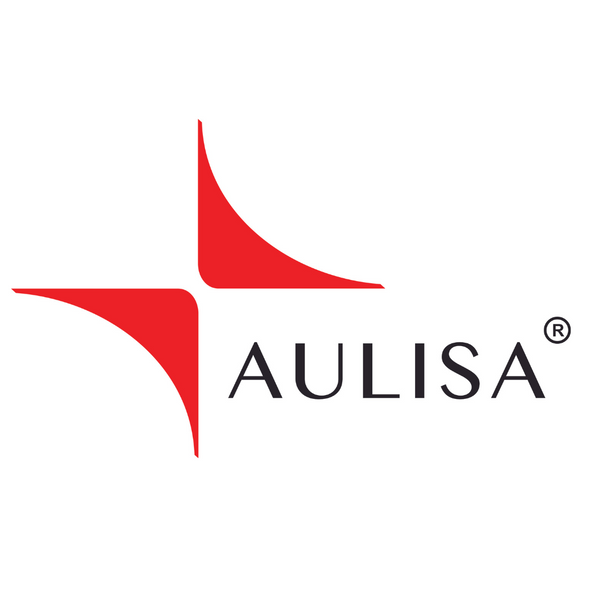Ensuring your baby sleeps safely is one of the most important things you can do to protect their health and well-being, especially during their first year. With Baby Safety Month as a reminder, it’s a great time to revisit safe sleep practices to create a secure environment for your little one. Here are some key methods to promote sleep safety, along with helpful resources for further reading and support.
1. Back to Sleep
One of the most important and well-established recommendations is to always place your baby on their back to sleep. This position has been shown to reduce the risk of Sudden Infant Death Syndrome (SIDS) significantly. Whether it’s naptime or bedtime, placing your baby on their back on a firm, flat surface is a simple but effective way to enhance sleep safety.
2. Create a Safe Sleep Environment
Make sure your baby’s sleep area is free from soft bedding, pillows, stuffed animals, and loose blankets. These items can pose suffocation hazards. Use a fitted sheet on a firm mattress in a crib, bassinet, or play yard, and avoid letting your baby sleep in car seats, swings, or other devices designed for sitting.
3. Room Sharing, Not Bed Sharing
The American Academy of Pediatrics (AAP) recommends that parents share a room with their baby—keeping the baby’s sleep area in the same room but not in the same bed—for at least the first six months, and ideally the first year. This practice can reduce the risk of SIDS by up to 50%. However, it's important to ensure that your baby has their own sleep space, such as a crib or bassinet.
4. Use a Sleep Sack or Wearable Blanket
Instead of loose blankets, consider using a sleep sack or wearable blanket to keep your baby warm. These are designed to cover the baby securely without the risk of suffocation, making them a safer alternative to traditional blankets.
5. Keep the Sleep Environment Cool and Comfortable
Ensure your baby’s room is at a comfortable temperature—neither too hot nor too cold. Overheating is a risk factor for SIDS, so dress your baby appropriately for sleep and avoid heavy bedding. A good rule of thumb is that your baby should wear one more layer than you would be comfortable wearing in the same room.
6. Continuous Monitoring
For an added layer of safety, consider using a continuous vital sign monitoring system, like Aulisa Medical’s Guardian Angel®, which tracks your baby’s heart rate, oxygen levels, and respiratory rate in real-time. This technology can alert you to any concerning changes in your baby’s vital signs, providing peace of mind as your baby sleeps.
Helpful Resources:
- American Academy of Pediatrics (AAP) Safe Sleep Guidelines: AAP Sleep Safety Guidelines
- Safe to Sleep Campaign (formerly known as "Back to Sleep"): Safe to Sleep
- Centers for Disease Control and Prevention (CDC) Sleep Safety: CDC Sleep Safety
- First Candle (a nonprofit dedicated to eliminating SIDS and promoting infant health): First Candle
By following these safe sleep methods and staying informed with reliable resources, you can help ensure your baby sleeps soundly and safely.

